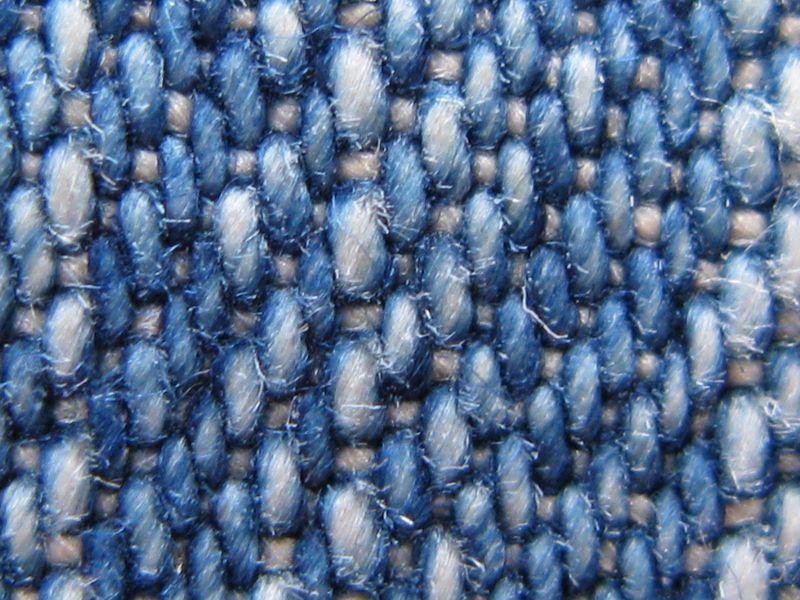The ubiquitous blue jean. A wardrobe staple across the globe, its color is so familiar it’s almost invisible. But have you ever stopped to wonder, why are blue jeans blue? The answer lies in a fascinating history intertwined with fabric origins, a Gold Rush, and the unique properties of indigo dye.
From Genoa to the Gold Rush: The Origins of Denim
The very name “jeans” hints at the fabric’s European roots. “Jeans” and “denim” are derived from two distinct fabrics originating in medieval Europe: “Gene fustian,” a cotton-linen-wool blend from Genoa, Italy, and “Serge de Nîmes” (later shortened to “denim”), a silk-wool blend from Nîmes, France. By the 19th century, both evolved into similar cotton-based fabrics known for their durability, especially after repeated washing.
The pivotal moment for blue jeans arrived during the California Gold Rush. In 1873, Levi Strauss, a Bavarian entrepreneur, partnered with Latvian tailor Jacob Davis to create durable work pants for miners. Davis’s ingenious idea to reinforce the seams with copper rivets, combined with the use of indigo-dyed denim, resulted in a garment built to withstand the rigors of prospecting. “The secratt of them Pents is the Rivits that I put in those Pockots,” Davis famously wrote.
The Secret to Blue: Indigo Dye
The distinct blue hue of jeans comes from indigo, a natural dye with unique properties. Unlike other dyes that penetrate fabric fibers directly, indigo binds to the surface of the threads with the help of a chemical agent called a mordant. Each wash removes some dye molecules, along with tiny bits of thread, gradually softening the fabric and creating a unique faded appearance. This “wear and tear” effect, coupled with the ability to “shrink to fit,” transformed jeans into a personalized second skin.
Durability and Comfort: The Triumph of Denim
While aesthetics might not have been a primary concern for Gold Rush miners, durability, comfort, and fit were paramount. Initially, Levi Strauss offered “waist overalls” in brown cotton duck and blue denim. However, denim’s superior strength and increasing comfort with each wash led to the eventual phasing out of cotton duck by 1911. As historian Lynn Downey notes, denim’s comfort and resilience far surpassed the stiff feel of cotton duck.
The Enduring Legacy of Blue Jeans
From their humble beginnings as workwear, blue jeans have transcended their utilitarian origins to become a global symbol of casual style and self-expression. The unique blue color, a result of indigo dye’s distinctive properties, contributes significantly to their enduring appeal. The fading and softening that occur with wear create a personalized history, making each pair of blue jeans unique to its owner. So, the next time you pull on your favorite pair, remember the rich history of denim, dye, and the enduring legacy of blue.


